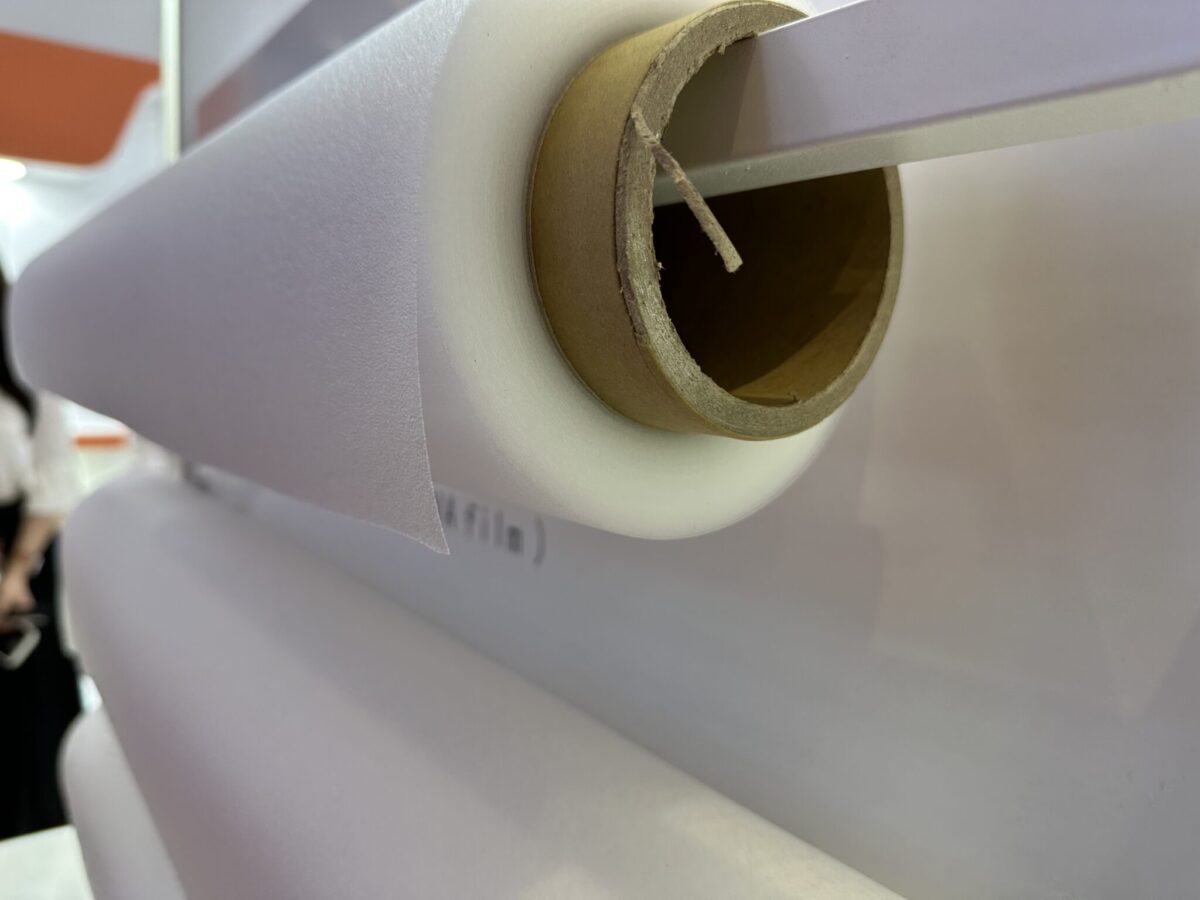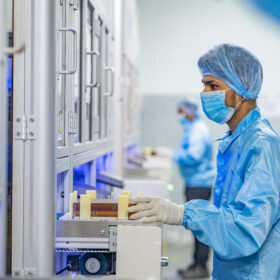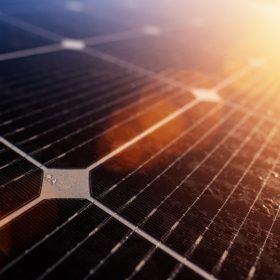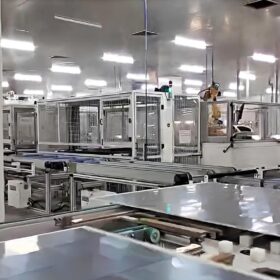Researchers from the Sanyo subsidiary of Japan’s Panasonic were able to establish a correlation between the damp-heat (DH) test and field exposure for electrode corrosion in PV modules.
The DH test is an accelerated test that tests the reliability of modules under extreme humidity and heat. In its standard form, the PV is placed in a controlled chamber with a temperature of 85 C and humidity of 85% for at least 1,000 h.
“Most solar modules employ ethylene-vinyl acetate (EVA) as an encapsulant material on the light-receiving surface. However, because EVA has a high moisture diffusion coefficient and is hydrolyzable at relatively low temperatures, there is concern that modules incorporating EVA might degrade in humid environments,” explained the team. “This degradation is attributed to the hydrolysis of EVA, which leads to the accumulation of acetic acid between the glass and the cell, corroding the wiring and cell electrodes.”
To predict the durability of modules without waiting years for their real-time degradation, a correlation with an accelerated test is required. To establish such a correlation, the team investigated three types of cells – some were self-manufactured, while others were samples of commercial modules produced by various manufacturers, including Tier 1.
Type A samples were made by the scientists in the lab in the form of mini-cell mini-module form. They had the structure of glass/EVA/commercial passivated emitter and rear cell (PERC)/EVA/back sheet. The structure of the commercial type-B modules was mostly similar to type-A, except for the addition of terminal boxes, aluminum frames, and wiring technologies.
“To investigate the effect of long-term field operation, some secondhand type-B modules operated in the field were purchased,” the researchers said. “Unfortunately, durations of field operation for some modules were not clear. Duration for these modules was estimated from serial numbers.” Each module was used in real life for different periods, ranging from 1.4 years to 13 years.
Type C was also commercial samples, and they differed from type A and B by having a polyolefin elastomer (POE) encapsulant, resulting in a glass/POE/PERC/POE/glass or back sheet structure. They were tested to establish a reference to the resistance to acetic acid degradation in modules encapsulated by EVA.
“Chamber tests involving variations in temperature and humidity, and field exposure tests were conducted on the samples. Field exposure tests were performed using open-rack type placement in the city of Kadoma with conditions of short-circuit or open-circuit,” said the academics. “Evaluation methods included current-voltage measurements, electroluminescence imaging, and photoluminescence imaging for assessing the distribution of series resistance.”
Based on the processing of this analysis, the scientists found a correspondence between the DH test of 1,000 hours and 3-6 years of field exposure in humid areas. They were also able to establish a module power loss of about 0.002% for every 1 μg/g of acetic acid. That suggests, they added, that when acetic acid level reaches 10,000 μg/g, the module’s power drops below 80% of its original capacity. “It can serve as a benchmark,” they added.
“In climate areas hotter and more humid than Cfa, the expected power lifetime of a module would be within 20 years,” they added, referring to the Cfa classification of the Köppen-Geiger system that stands for humid subtropical climate. “If the correlation between damp-heat test and field exposure of 3–6 years holds true at higher acetic acid concentration (Ca) levels, the lifetime of modules with high acetic acid resistance might be approximately 13–26 years in humid climate areas.”
Their findings were presented in “Correlation between damp-heat test and field operation for electrode corrosion in photovoltaic modules,” published in Solar Energy Materials and Solar Cells.
This content is protected by copyright and may not be reused. If you want to cooperate with us and would like to reuse some of our content, please contact: editors@pv-magazine.com.








By submitting this form you agree to pv magazine using your data for the purposes of publishing your comment.
Your personal data will only be disclosed or otherwise transmitted to third parties for the purposes of spam filtering or if this is necessary for technical maintenance of the website. Any other transfer to third parties will not take place unless this is justified on the basis of applicable data protection regulations or if pv magazine is legally obliged to do so.
You may revoke this consent at any time with effect for the future, in which case your personal data will be deleted immediately. Otherwise, your data will be deleted if pv magazine has processed your request or the purpose of data storage is fulfilled.
Further information on data privacy can be found in our Data Protection Policy.